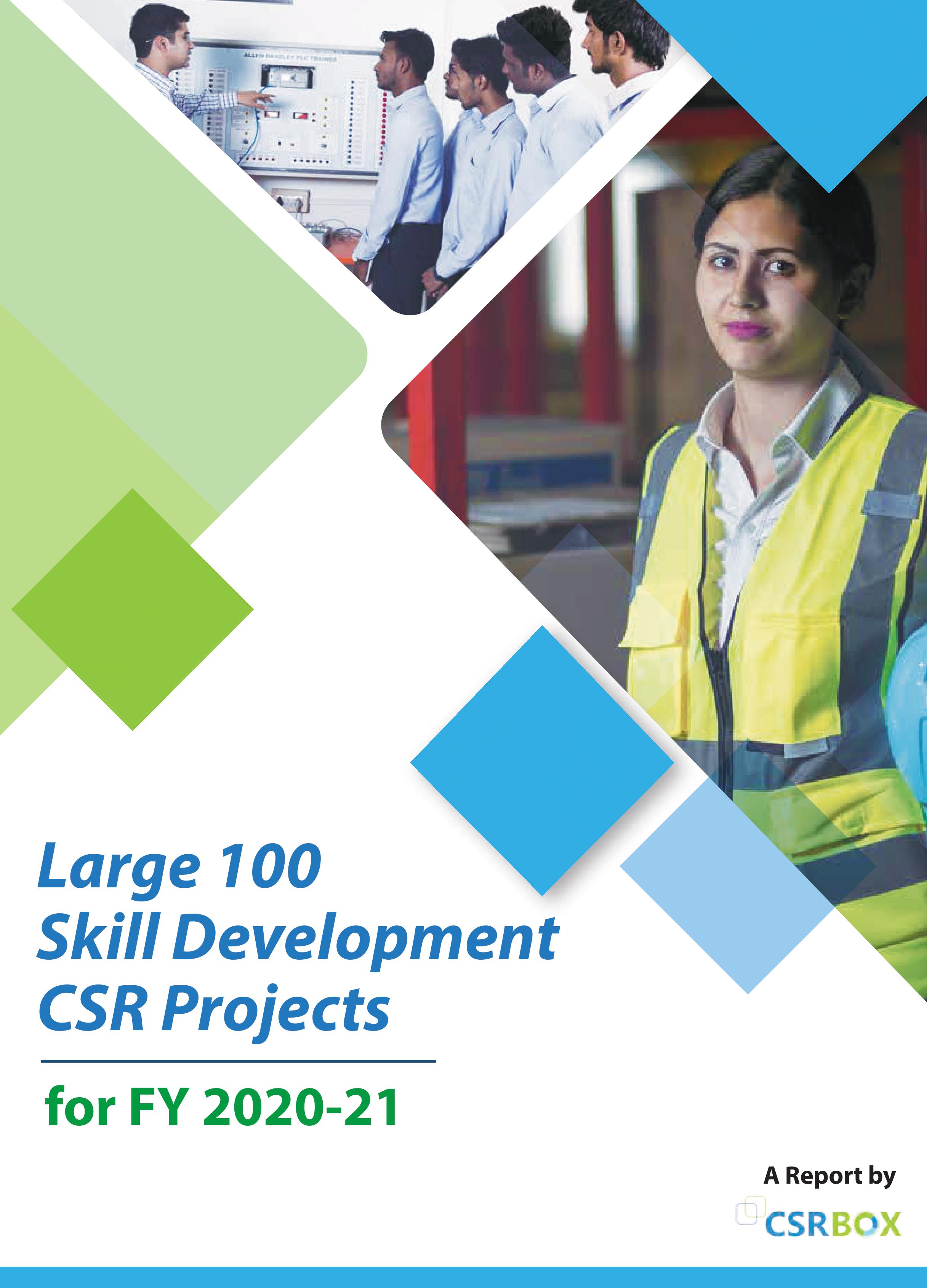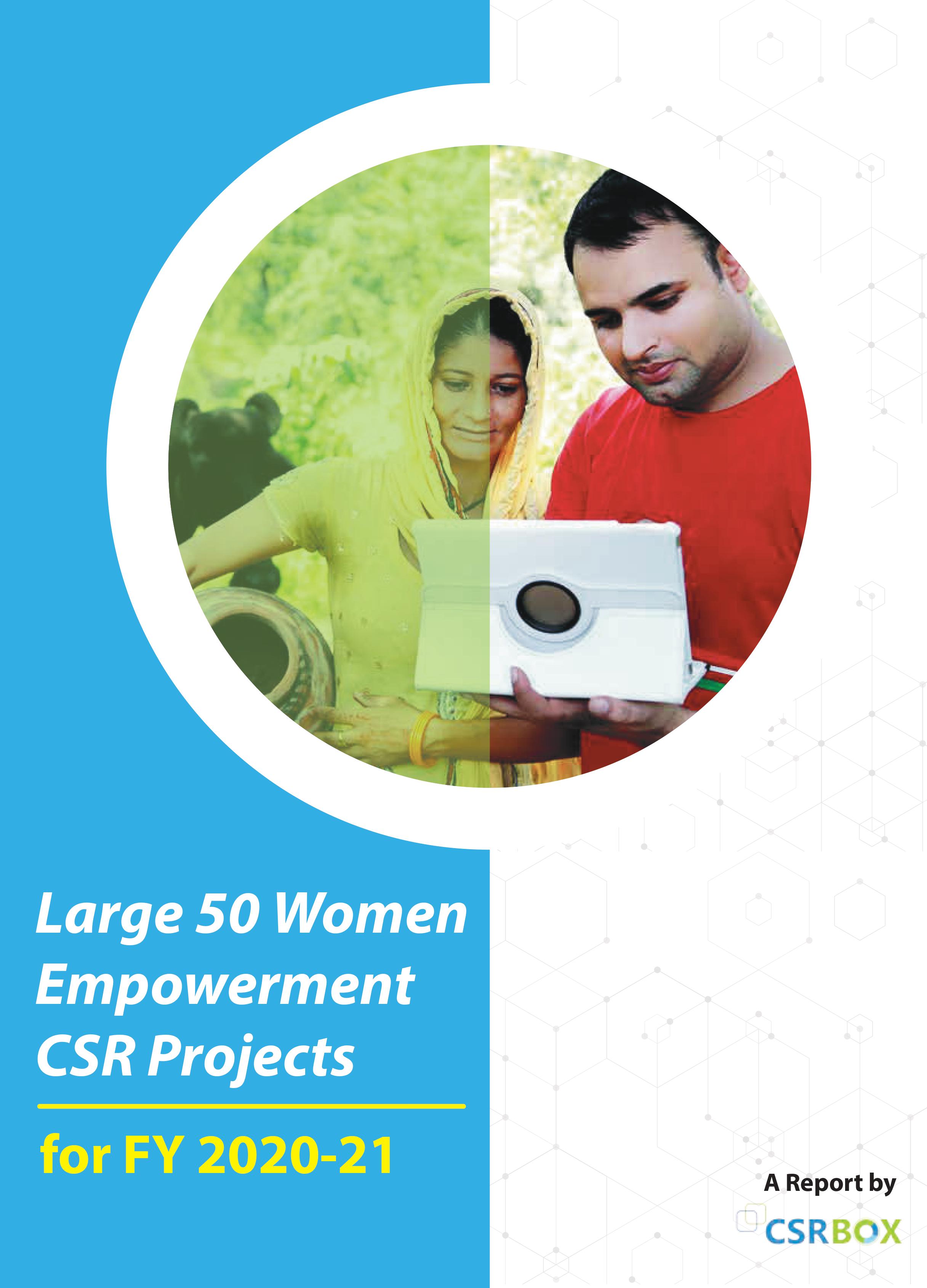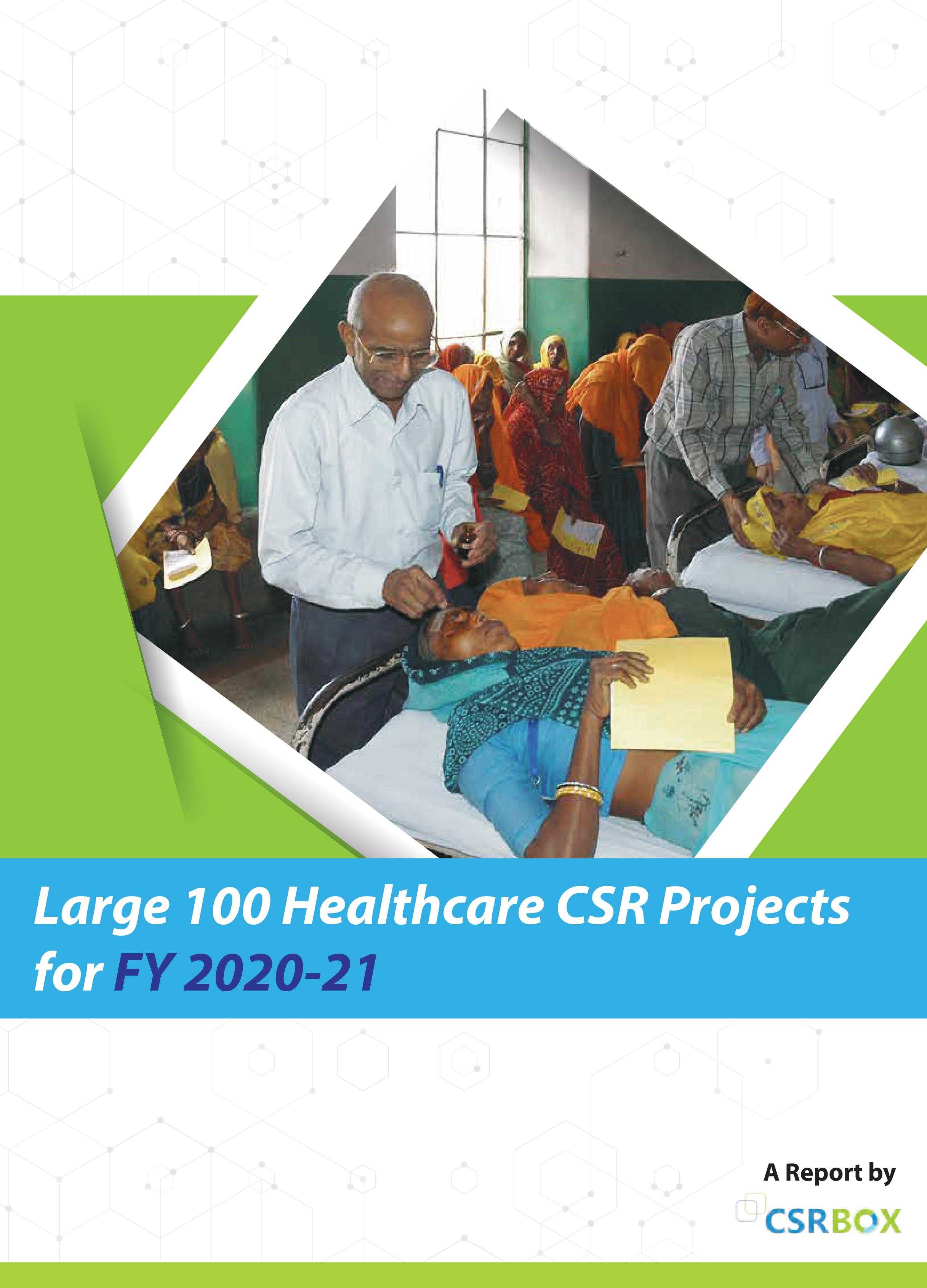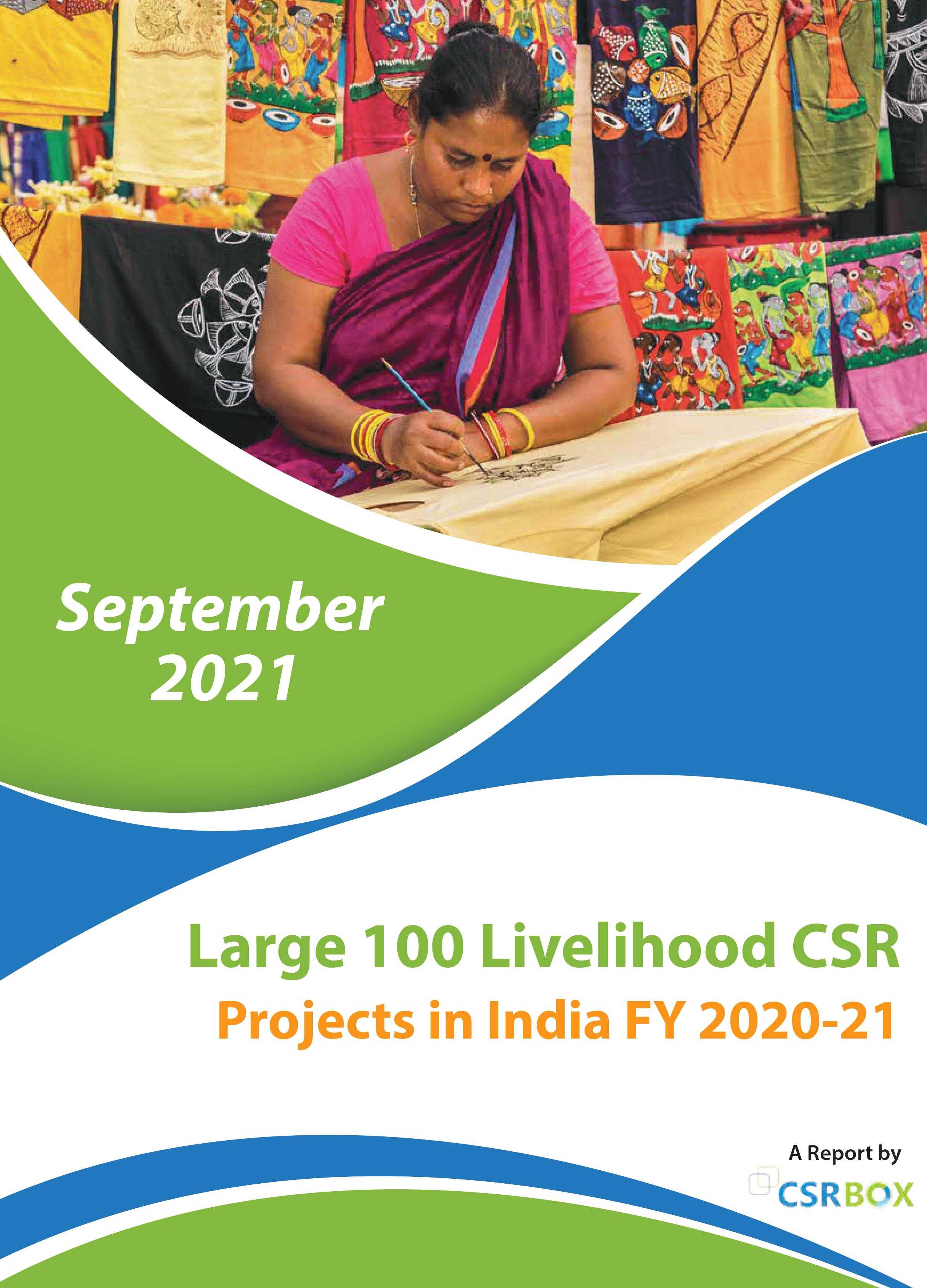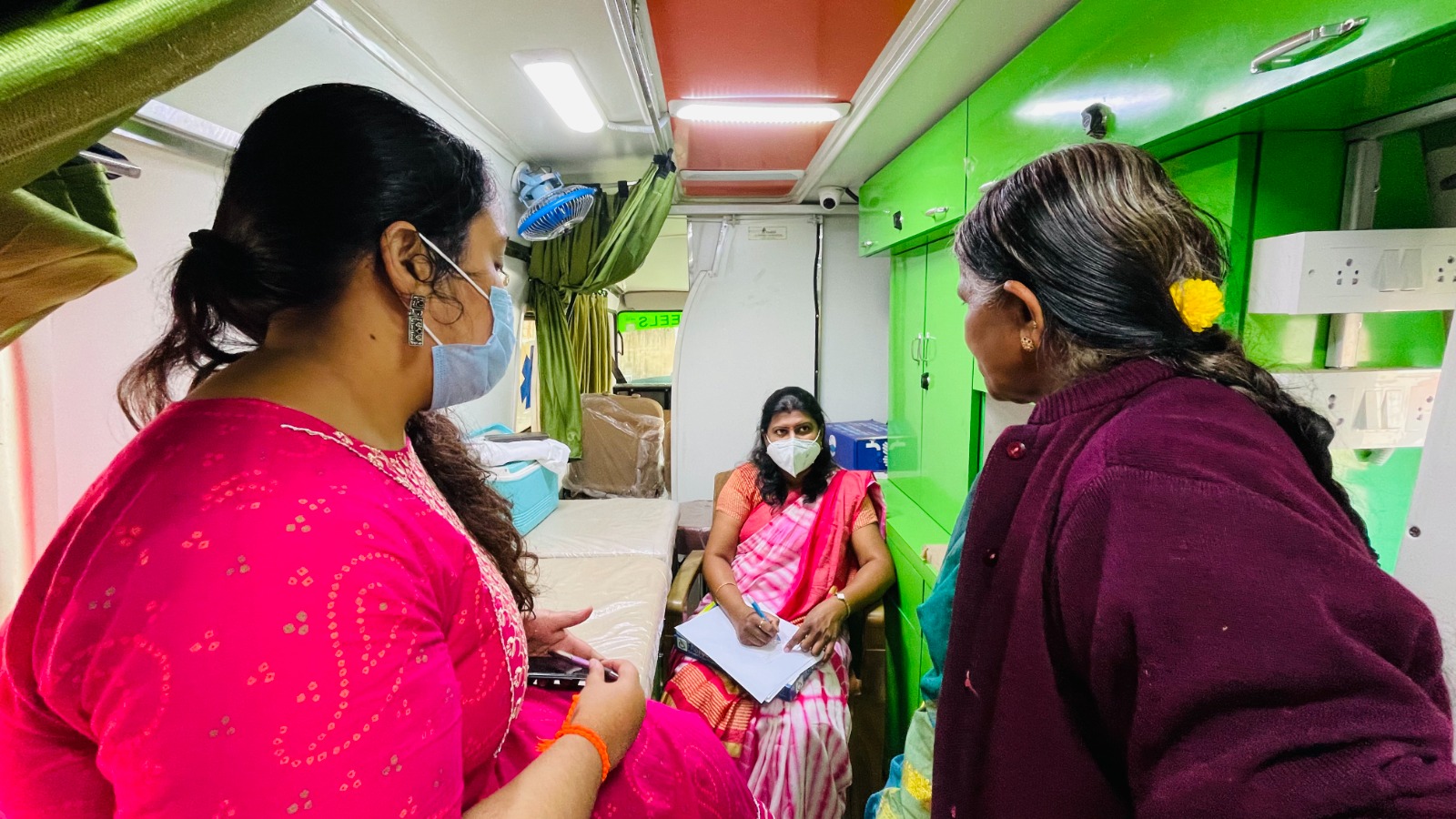Subscribe our Weekly Newsletter
RFP for Engagement of a Consultant to prepare cumulative Impact assessment for the Kolkata Metropolitan Area
.jpg)
Organization: West Bengal Transport Infrastructure Development Corporation Limited (WBTIDC)
Apply By: 12 Jun 2025
RFP for Engagement of a Consultant to prepare cumulative Impact assessment for the Kolkata Metropolitan Area West Bengal Inland Water Transport Logistic and Spatial Development Project
About the Organization
West Bengal Transport Infrastructure Development Corporation Limited was created under Transport Department, Government of West Bengal with an aim to make it a dedicated Engineering Wing for taking development works. It was incorporate under Company’s Act, 1956 in the year 1996 with its registered office at 39, Dr. Sundari Mohan Avenue, (4th Floor), Kolkata-700014 but started functioning effectively from 1998. Now the office is shifted to E. M. Bye Pass & Rash Behari Connector Intersection (CSTC, Kasba Depot Compound), Kolkata 700 107.
About the Proposal
The Government of West Bengal (GoWB) through the Government of India has received a loan from the World Bank (WB) for implementation of the West Bengal Inland Water Transport, Logistics and Spatial Development Project (WBIWTLSDP). WBTIDCL now intends to apply a portion of the loan for “Engagement of a Consultant to prepare cumulative Impact assessment for the Kolkata Metropolitan Area West Bengal Inland Water Transport Logistic and Spatial Development Project”.
Background:
In the first phase of the WBIWTLSD Project, for improved passenger movement, the construction of pontoons and gangways in 29 jetties at 26 sites, the building of 22 new passenger ferries, and the installation of electronic smart ticketing gates at 40 jetty locations are being undertaken. In addition, the installation of safety equipment and safety communication devices for jetties and vessels including the development of urban infrastructure around jetties/smart gates, bank protection works, etc. are planned. In the second phase, the construction of Gangway cum Pontoon with small infrastructure for passenger amenities at 15 jetties, development of 10 large/ medium sized terminals and four integrated terminals, and building of 15 e-Vessels (Electric-operated hybrid passenger ferries and tourist cruises), and modernization and digitization of IWT services are planned amongst others including supporting infrastructure covering the building of Fuel oil and Fresh Water supply vessel/barge, sewage collection barge, battery charging stations, etc. The WBTIDCL plans to determine the cumulative impact assessment of the project along with other projects and activities, and natural environmental drivers. At the same time the WBTIDCL also wants to establish a management framework to prevent unacceptable VEC (Valued Environmental Components) conditions within the project area/Kolkata Metropolitan Area (KMA).
Requirements for CIA:
The World Bank requires that environmental and social assessment of the project will consider, in an integrated way, incremental impact, on areas or resources used or directly impacted by the project, from other existing, planned, or reasonably defined developments at the time the risks and impact identification process is conducted. The cumulative impacts should identify and address those impacts generally recognized as important based on scientific concerns and/or concerns from Affected Communities. These may include but are not limited to the incremental contribution of gaseous emissions to an airshed, increases in sediment loads to a watershed, interference with wildlife habitats; or more traffic congestion and accidents due to increased vehicular traffic, a nuisance to local communities. Since multiple projects are under operation or are planned for, in the same geographic area. The West Bengal Transport Infrastructure Development Corporation Limited (WBTIDCL) would like to conduct a CIA to identify the risks and impacts commensurate with the incremental contribution, source, extent, and severity of the cumulative impacts anticipated, and also determine if the project is incrementally responsible for adversely affecting an ecosystem component.
Objective Of CIA:
The RCIA analysis has two objectives:
- To determine if the combined impacts of the project, other projects and activities, and natural environmental drivers will result in a VEC condition that may put the sustainability of a VEC at risk (i.e., exceed a threshold for VEC condition which is an unacceptable outcome); and
- To determine what management measures could be implemented to prevent unacceptable VEC condition, this may include additional mitigation of the project being assessed, additional mitigation of other existing or predictable future projects, or other regional management strategies that could maintain VEC condition within acceptable limits.
Key Tasks The broad tasks of the CEIA study include the following:
- Delineate the spatial and temporal boundary for this CEIA.
- Identify the key VECs and determine their present conditions.
- Mapping of other projects and different sources of impacts, i.e. stressors affecting the VECs;
- Assess cumulative impacts and evaluate their significance over VECs predicted future conditions;
- Provide recommendations towards management of cumulative impacts and development of Environmental and social management plan
Detailed Tasks:
- Step 1: Scoping Phase I – VECs, Spatial and Temporal Boundaries The key task Identify the spatial and temporal boundaries of the RCIA.
- Step 2: Scoping Phase II – Other Activities and Environmental Drivers Identify other projects or Influences in the area.
- Identify the Key VECs to include in the CIA: The outcomes should be presented in the form of a Scoping Report.
- Step 3: Establish Information on the Baseline status of VEC. Collect available information on the condition of the VEC. Collect available information on VEC trends.
- Step 4: Assessment of Cumulative Impacts. Establish indicators. Estimate the “future baseline” for the condition of the VECs. Estimate the project impact on VEC condition. Estimate the cumulative impact on VECs. Assess Significance of Anticipated Cumulative Impacts.
- STEP 5: Design and Implementation for Management of Cumulative Impacts. Identification of Options. Develop a multi-stakeholder collaborative approach. This would be collated as a Draft Cumulative Impact Assessment Report.
- Stakeholder Engagement.
How to Apply
The State Project Director (SPD), WBTIDCL at State Project Management Unit, WBTIDCL, Transport Department, Paribahan Bhaban-II, CSTC Complex-Ground Floor), Kolkata- 700107, West Bengal, India. Tel No. 033-24429081/82 e-mail: wbtidc@yahoo.com now invites eligible bidders to bid, latest by 12thJune 2025.
For more information please check the Link
Stay in the loop with the newest RFPs and Grants through NGOBOX's WhatsApp Channel. Join now by clicking here!
Latest Online Store
Latest Grants
Latest News
© Renalysis Consultants Pvt Ltd
















